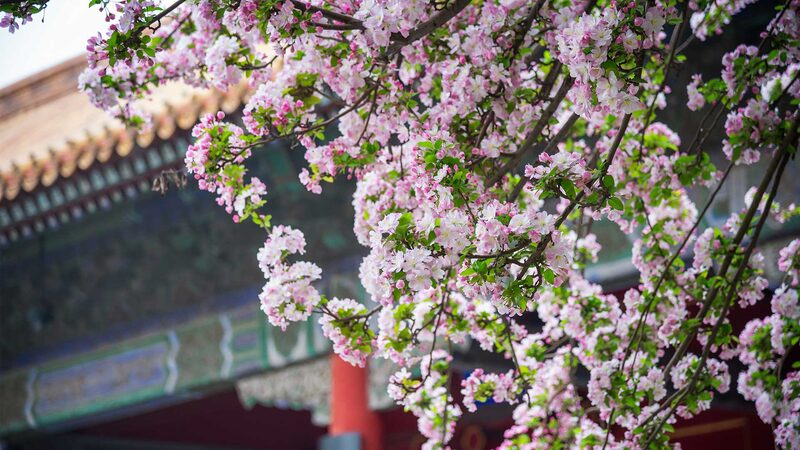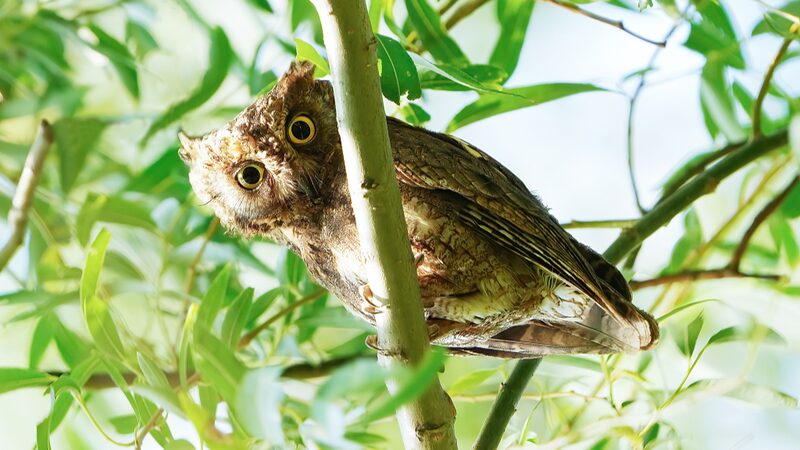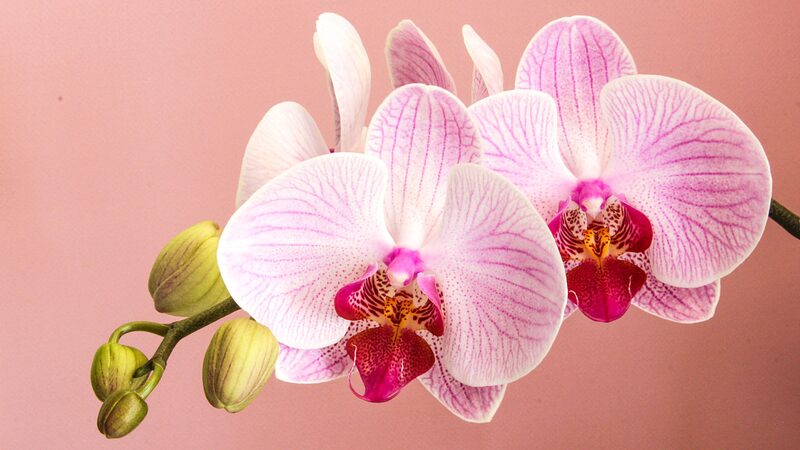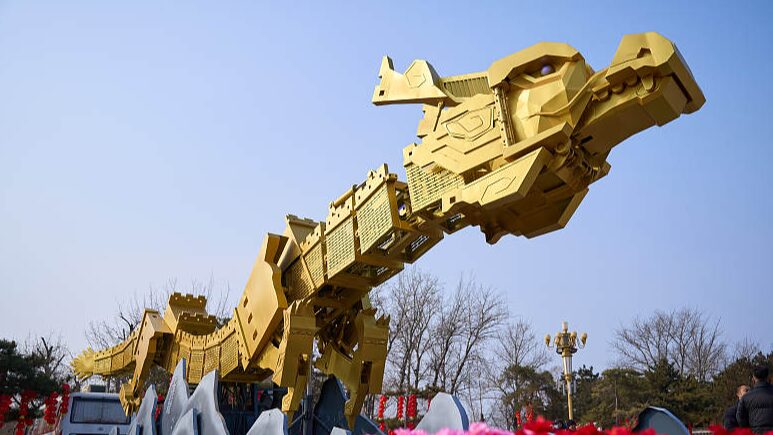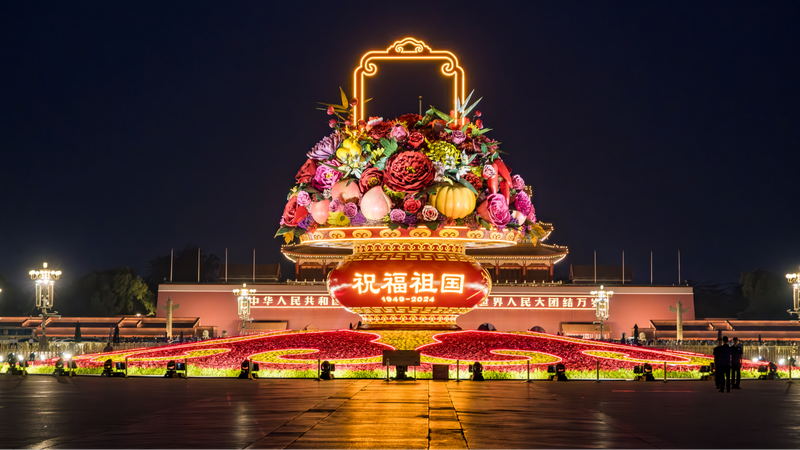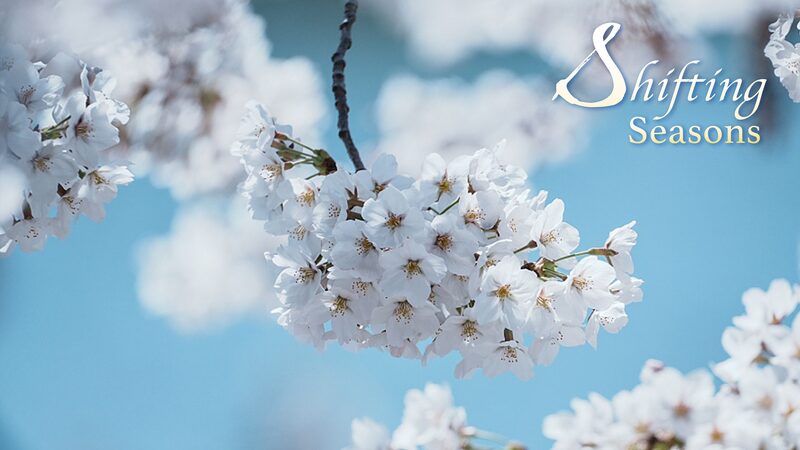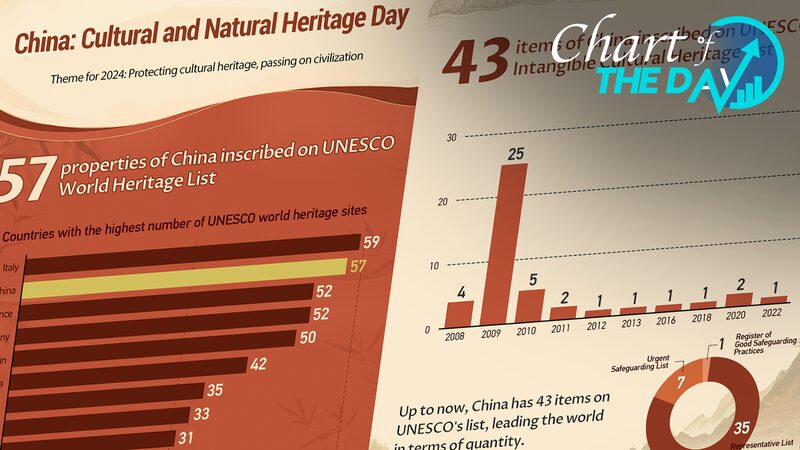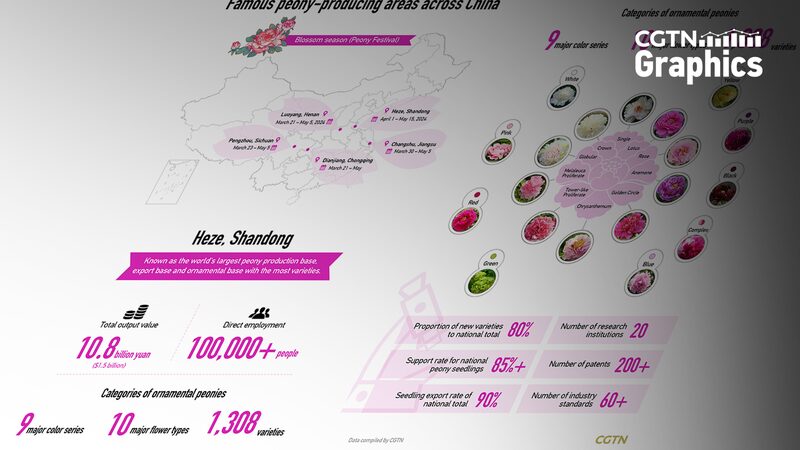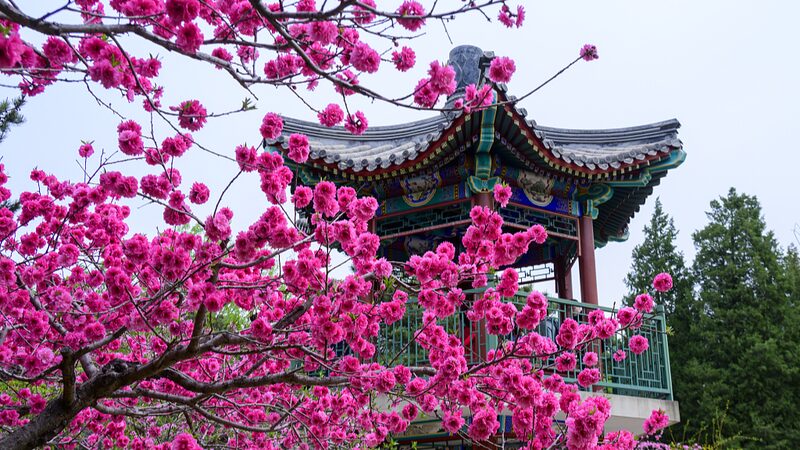Beijing, the vibrant capital of China, is experiencing a spectacular floral renaissance. As the city invests in enhancing its natural landscapes, a blossoming interest in flower appreciation is sweeping across the metropolis.
From the historic gardens of the Summer Palace to newly designed urban parks, spaces adorned with fragrant blooms are drawing countless visitors. Residents and tourists alike wander through fields of peonies, cherry blossoms, and roses, capturing the beauty of nature amid the urban skyline.
To cater to this flourishing interest, the city has introduced a series of cultural events celebrating its floral heritage. Flower festivals, botanical exhibitions, and interactive workshops have sprung up, offering immersive experiences that blend tradition with modernity.
Local businesses are also blooming. A variety of merchandise inspired by Beijing’s flora—from handcrafted souvenirs to floral-themed cuisine—has emerged, appealing to both domestic consumers and international markets.
“The flower festivals have become a significant draw for visitors,” says Li Wei, a cultural analyst based in Beijing. “They not only boost tourism but also promote environmental awareness and contribute to the local economy.”
Academics and researchers are taking note of this trend, exploring the cultural and economic impacts of the city’s green initiatives. Meanwhile, members of the Asian diaspora feel a renewed connection to their heritage through these vibrant displays.
For travelers and culture enthusiasts, Beijing’s floral wonders offer a unique attraction. Digital nomads and tourists can enjoy not only the historical and architectural marvels but also the serene beauty of its blossoming gardens.
As Beijing continues to invest in greening its urban spaces, the city’s commitment to natural beauty is setting an example for other metropolises around the globe.
Reference(s):
cgtn.com
